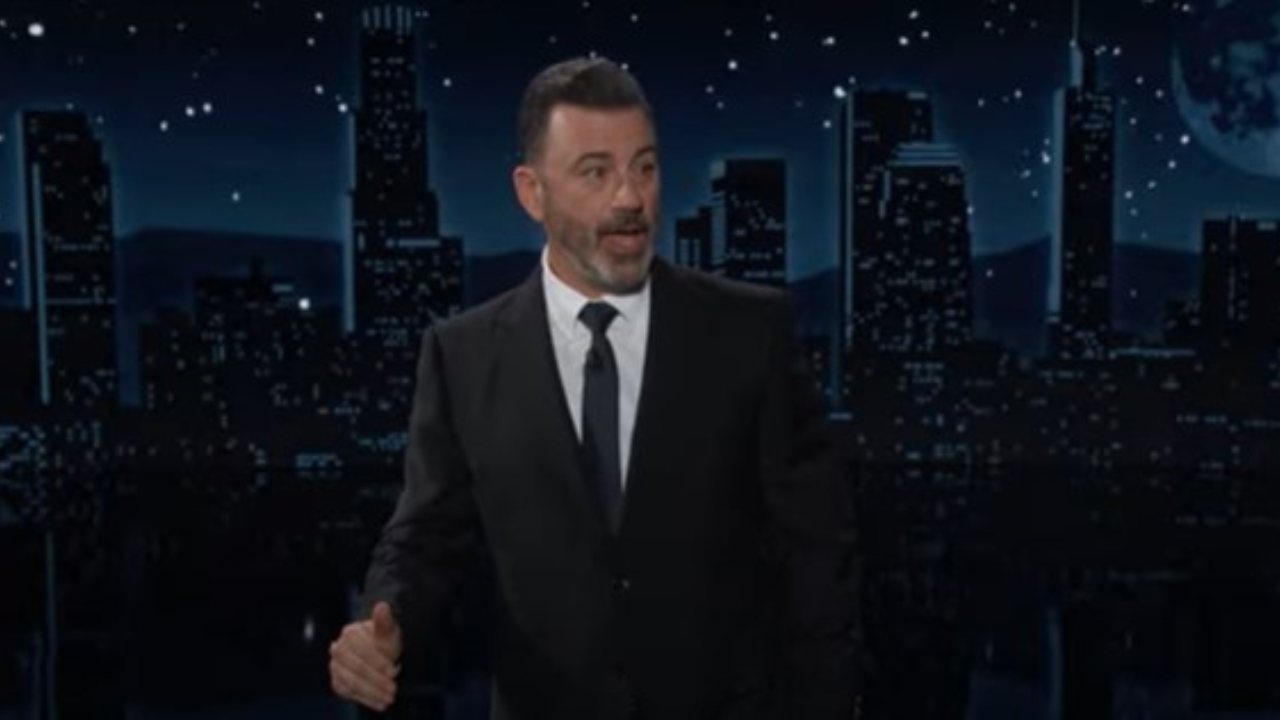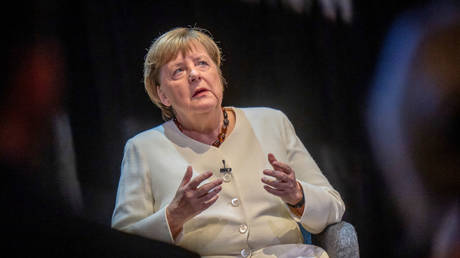ARTICLE AD BOX
THIS is the dramatic moment one of Putin’s tanks is blown to smithereens after being blasted by a precise Ukrainian kamikaze drone.
Pieces of the Russian tank can be seen flying through the air after a direct hit caused a giant, fiery mushroom cloud to erupt.
 X
X X
X X
X
Shocking footage from a field in the war-torn Donetsk region shows the moment a stationary Russian tank was targeted by one of Ukraine‘s specialist bomb-laden drones.
In the short clip, the kamikaze FPV munition drone drops onto the formidable military motor before a blast erupts.
Within an instant the tank is engulfed by bright orange flames as pieces of shrapnel are sent soaring through the air in hundreds of tiny pieces.
Smoke billows through the air as the thunderous sound of the explosion was heard for miles.
The tank’s turret was hit by the drone which led to the “immediate catastrophic ammunition detonation”, claimed the original social media post showing the video.
It comes as spectacular footage showed Kyiv‘s fierce determination as more kamikaze drones were seen blowing up Russian tanks in another blow to Putin’s failing forces.
The drones reduced the hodgepodge “Franken-tanks” into a fiery wreckage and reducing them to debris and melted metal.
As Vlad’s efforts get desperate by the minute, the warmonger has been forced to build “Frankenstein tanks” with ageing naval guns welded on top.
Images have emerged of the crudely-engineered vehicles being deployed in Ukraine, revealing that a humiliated Putin lost almost all of the tanks he had when he began his brutal invasion.
Footage from an unnamed location appeared to show a 25mm 2M-3 twin-barreled naval anti-aircraft turret mounted on a Soviet-era MT-LB amphibious battle vehicle.
The odd device is thought to have been constructed from equipment pieces from 1945.
Its cannons were most likely taken from a naval patrol boat, and its tracks could date back to the 1950s.
The “Frankenstein tanks” are believed to be an improvised response to the Kremlin’s shortage of essential war materials.
Putin has lost almost 8,000 tanks since his horror invasion of Ukraine, according to the General Staff of the Armed Forces of Ukraine.
The total number of Putin’s troops killed since the tyrant invaded Ukraine is now well above 500,000, according to the ministry.
RISE OF DRONE WARFARE
By Iona Cleave
DRONES have been deployed in the war in Ukraine on an unprecedented scale as thousands are used daily to hunt down enemy forces, guide artillery and bomb targets – transforming modern land warfare.
Ukraine has become increasingly reliant on first-person-view (FPV) drones — nimble, target-seeking, kamikaze unmanned aerial vehicles (UAVs).
Since early 2023, the cheap, explosive, flying machines have become one of Kyiv’s biggest success stories after its military ran perilously short on munitions due to long-stalled Western weapon shipments.
The attack UAVs have come to define the conflict, helped by constant streams of footage filmed onboard as they tail troops, blast Russian positions or smash into tanks worth millions with ruthless precision.
The potent quadcopters cost around £300, are largely made from off-the-shelf pieces of kit and as demand soars, an army of civilians are helping to assemble them in their homes.
Some are fitted with grenades or homebuilt bombs, others are used for reconnaissance missions to identify enemy positions and guide artillery fire.
Now, almost every fighting brigade in Ukraine has an assault drone company.
With the 600-mile front frozen in hellish trench warfare, the success of FPVs on the battlefield is “undeniable”, according to the commander of Ukraine’s attack drone operations.
The senior special forces officer “Arsenal” told The Sun the quadcopters-turned-munitions now successfully blitz Putin’s targets in three out of five operations.
And as the war moves into what Arsenal calls a more “technological phase”, he argued FPVs are increasingly vital to Ukraine’s success.
He said: “If Mavic (surveillance) drones are our eyes – for the adjustment of artillery fire, withdrawal of groups to positions, reconnaissance – then FPV drones are our sword, our strike force.”
Over two thirds of Russian tanks destroyed by Ukraine so far in 2024 have been taken out using FPV drones, a Nato official told Foreign Policy.
Their long-range capabilities also save countless lives as the drone operator can be stationed away from the frontline.
And drones are not just used on the battlefield, both Ukraine and Russia are hitting targets hundreds of miles deep into enemy territory using long-range UAVs.
They are highly cost effective means to blitz factories making weapons, military bases or energy facilities.
And yet, in a constant game of cat and mouse, both sides are developing increasingly sophisticated means of stopping drones using electronic warfare.
In response, Russia and Ukraine are racing to develop UAVs guided by AI instead of GPS that can easily be jammed.
Ukraine is counting on key allies to help in this mission and to send them more expensive, high-tech drones, but deliveries are not anywhere near the sufficient scale needed.
In 2023, Ukraine’s goal was to procure 200,000 drones. For 2024, Zelensky vowed they would build a million themselves.
Between January and February this year, officials revealed FPV production already totalled 200,000.
Ukrainian forces are now said to have killed 512,420 Russian troops and destroyed 15,020 armoured combat vehicles, and 13,345 artillery pieces since the start of the war.
Ukraine has also been short of troops, ammunition and air defences in recent months.
The Kremlin’s forces are continuing to try and cripple the national power supply and punch through the front line in eastern parts of the country.
The war has cost tens of thousands of lives on both sides, including more than 11,000 Ukrainian civilians, according to the United Nations.
While Ukraine has looked to Western countries, Russian President Vladimir Putin has turned to nations such as Iran and North Korea for help.
Fighting along the roughly 620-mile front line has in recent months focused on the partly occupied Donetsk region of eastern Ukraine, where Russian forces are trying to reach the key hilltop city of Chasiv Yar and other strategic hubs.
 AP
AP
.png)
 5 months ago
3
5 months ago
3








 English (US)
English (US)